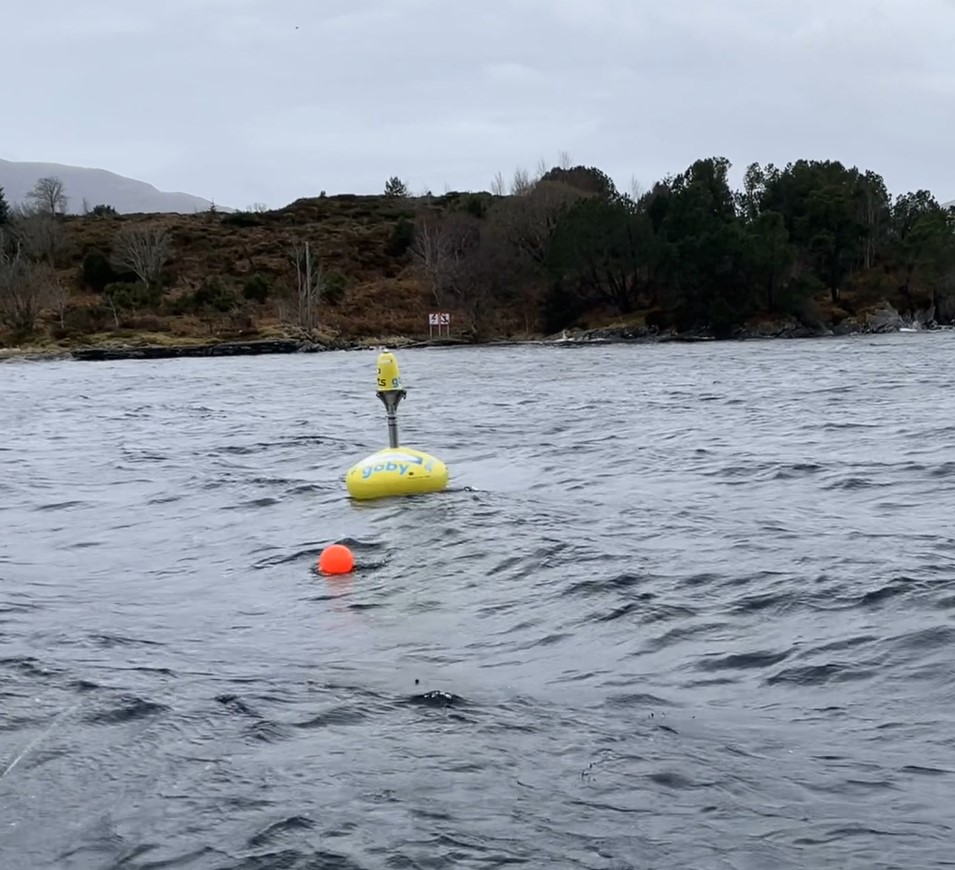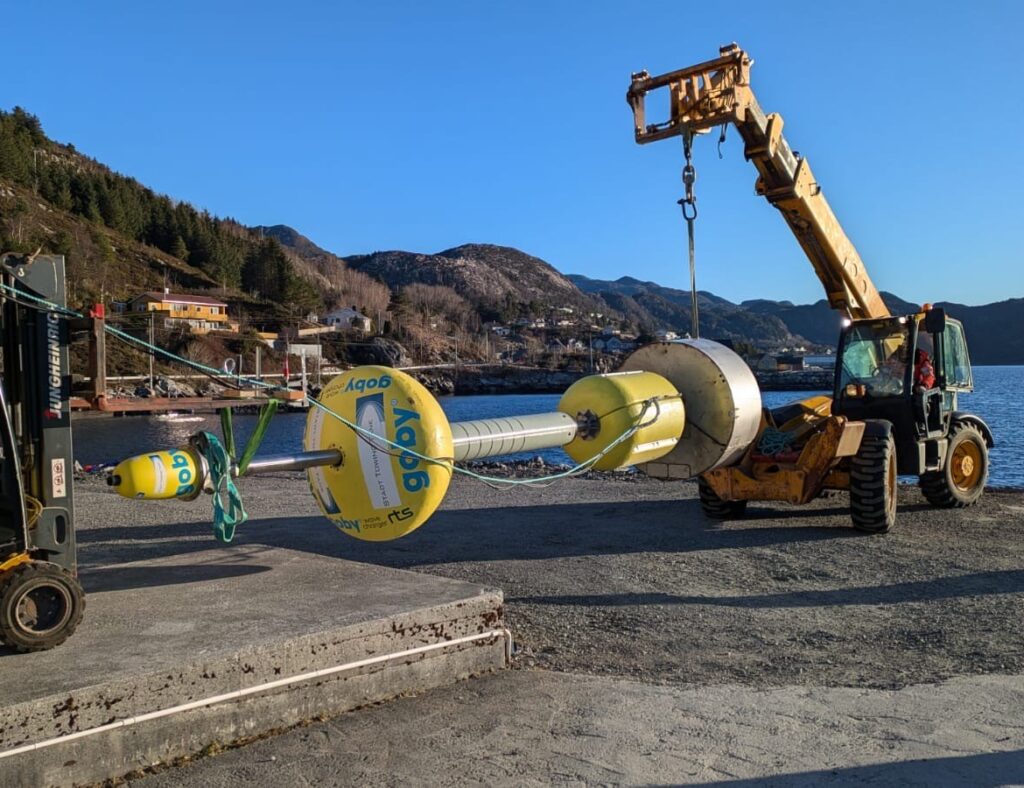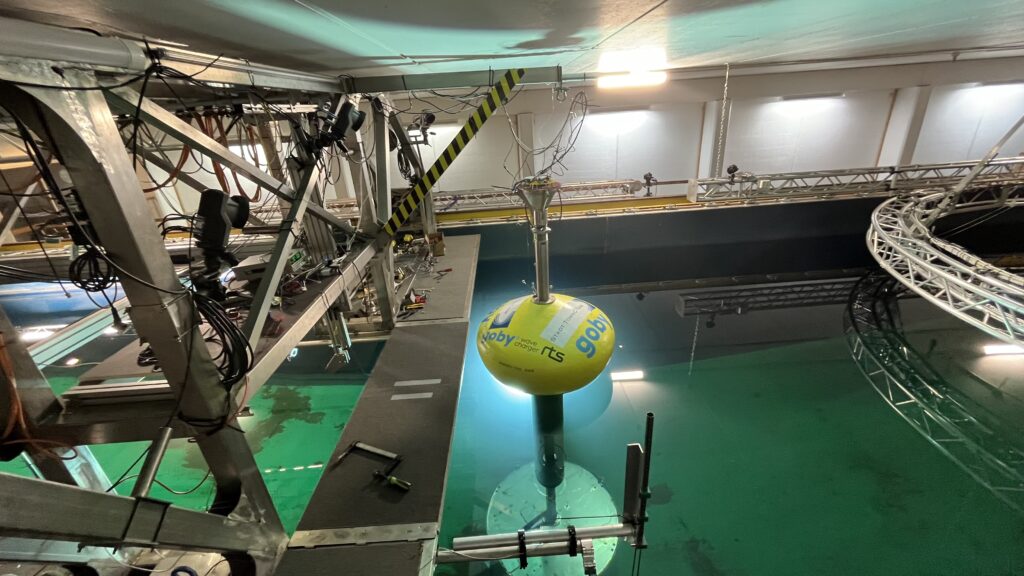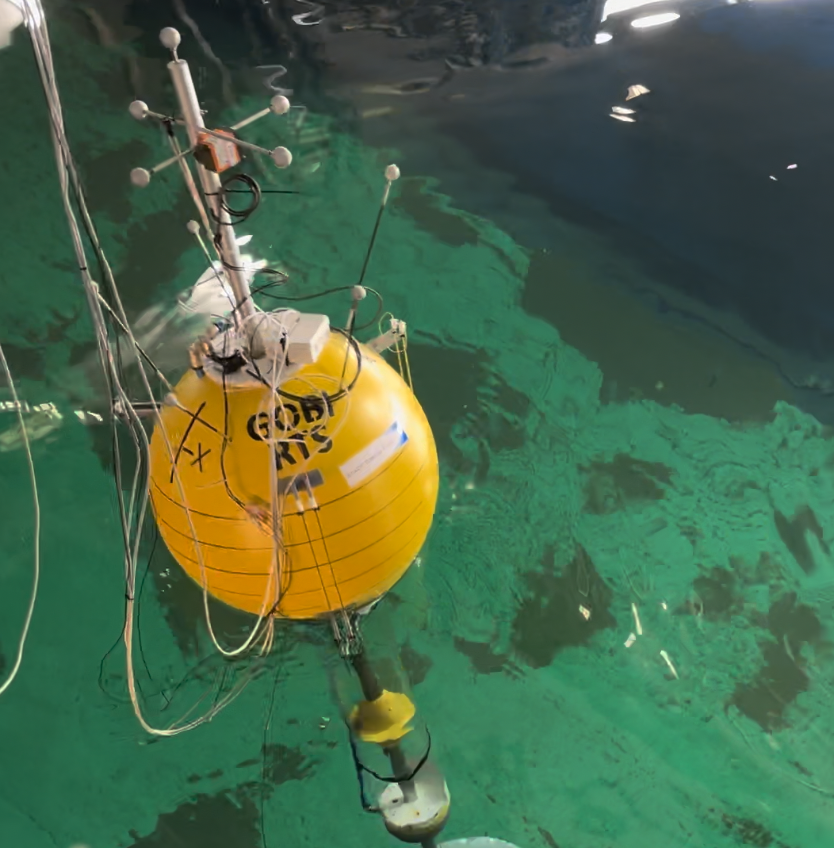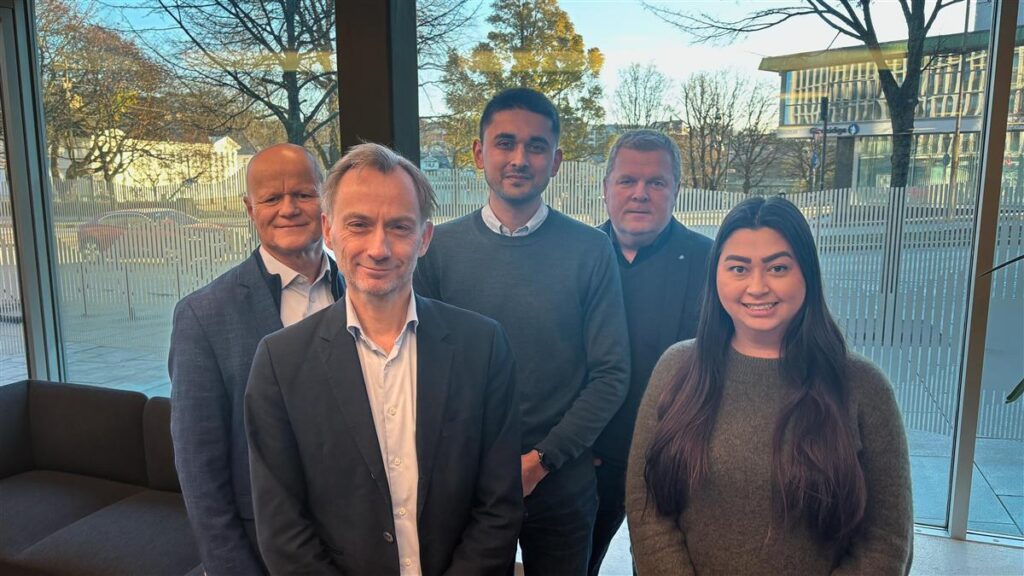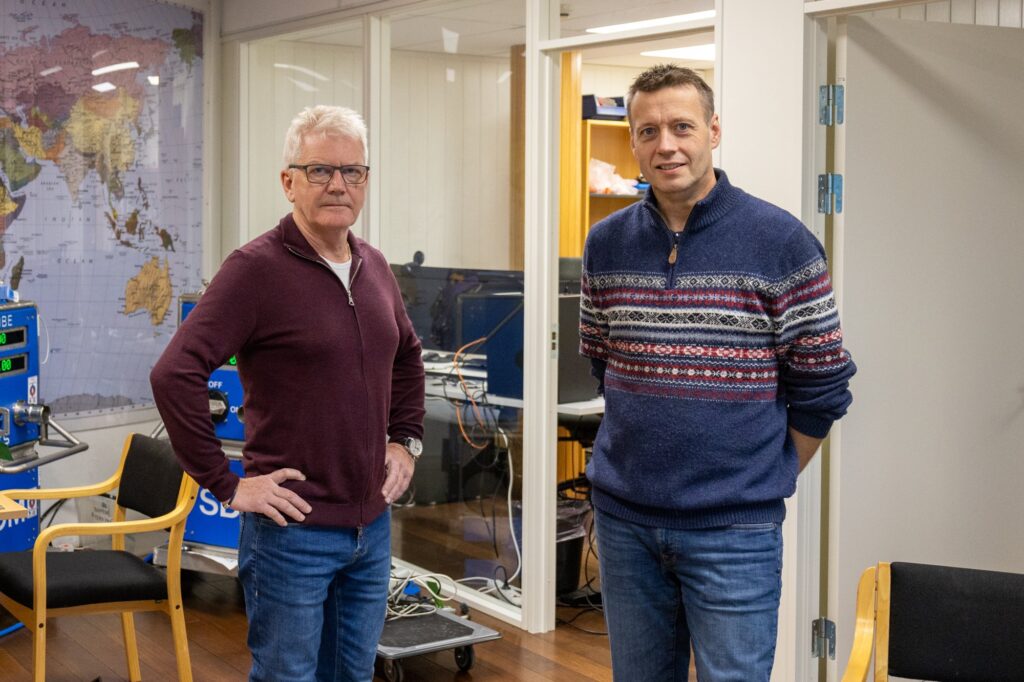The Goby and the Pistol shrimp
Hydropower at sea
About
These two have a perfect partnership, where the Goby makes sure the shrimp gets protection from predators and gets the job done. During the night, the two simply rest together in the burrow.
This relationship can be used as an analogy where the Goby autonomous wave charger can integrate with the oceans worldwide.
Timeline
- There is an immense need for local power where there is no infrastructure in place.
- This was the main driver behind the project.
- The idea of a new wave energy concept came in the beginning of 2021.
- The main objective was to make the wavepower solution as simple and robust as possible to survive in extreme weather and harsh sea state conditions.
We are now developing and manufacturing a standardised wave powered generator platform that’s flexible and scalable enough to meet the customer’s individual power specifications.
Concept design commenced February 2022.
European patent application filed, September 2022.
Patent Cooperation Treaty (PCT) filed, July 2023.
Powered by the ocean
- Configurable to meet client needs.
- System scalable to suit customers power needs.
- Almost infinite access to wave energy.
- Reduced weight and physical size compared to conventional buoys.
- Able to power a larger number of surface and / or subsea sensors.
- Reduced installation costs.
Smaller deployment vessel requirement. - Zero Carbon Technology.
No net CO2 emissions.
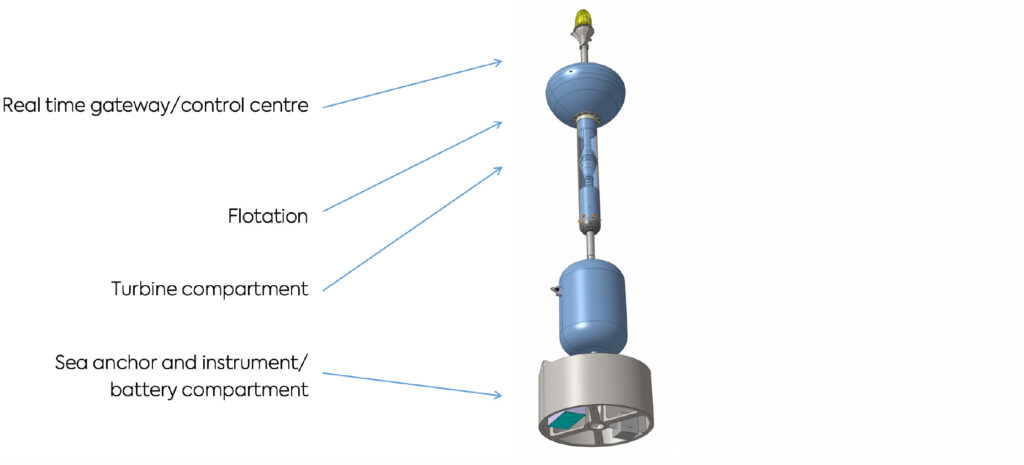
Applications
- Oceanographic and environmental monitoring.
- Marine science and research.
- Infrastructure and seabed surveillance
- Coastal engineering.
- Marine resources.
- Surface to subsea charging solution.
- Asset management and aquaculture.
- Renewable.
- Charging of underwater drones
– Resident AUV platforms.
Where are we now?
Build 1 and 2 is under construction, final testing and will be ready for F.A.T by the end of January 2025.
Goby 1 will be delivered to the Norwegian Institute of Marine Research.
Goby 2 will be part of a test program for Kongsberg Discovery.
A production program is under development to be able to scale up production.
We are looking for partners, agents and distributors globally.
Join the adventure?
#7: Affordable and Clean Energy
Sustainable Development Goal #7 is about ensuring access to energy for all people. The energy must be sustainable, modern, not overly expensive, and it must be reliable. The ability to monitor critical infrastructure will help secure access to renewable energy.
#9: Industry, Innovation, and Infrastructure
Again, this is about monitoring critical infrastructure. Infrastructure is the underlying structure that must be in place for a society to function. Investments in renewable energy such as wave power and access to environmental data must be established to achieve sustainable development.
#13: Climate Action
The goal is to limit the global temperature increase to well below 2 ºC, where carbon capture and storage is one of the measures. It does not help to store CO2 under the seabed in the North Sea if it turns out that the CO2 leaks out. Measurements of potential CO2 emissions from such stores are a significant focus for research communities in Norway, and Goby can contribute to realizing this in a simpler way.
#14: Life Below Water
Goby can enable continuous monitoring of environmental data in, around, and beneath aquaculture facilities. Such monitoring can, for example, reveal illegal delousing or accumulation of environmental toxins on the seabed.
#16 Peace, justice, and strong institutions
Peace is a prerequisite for creating sustainable development. Unfortunately, progress in this sustainable development goal has gone in the wrong direction, as evidenced by the sabotage of Nord Stream. Losing access to energy and fiber can make it difficult for authorities to provide services that we take for granted today. A lack of communication can, for example, lead to a number of conspiracy theories (referring to Nord Stream), which in turn can escalate conflicts. More than ever, we understand the importance of monitoring infrastructure on the seabed.
#17 Partnerships for the goals
The Goby wave charger can enable access to more and better environmental data from the sea. By combining various measurement data across institutions, research and development environments, and governmental bodies, we can gain a better understanding of the status of the ocean and create new values. This is why, among other reasons, the Institute of Marine Research has contributed to the development of the wave charger.
How the wave charger aligns with some of the UN’s environmental goals:
Limiting climate change – The project will result in a significant reduction in emissions as there will be no need for large vessels to assist with the deployment and operation of subsea equipment. With power from the wave charger, the subsea equipment will also not require diesel generators for onboard power production on these vessels.
The Goby wave charger will also ensure the sustainable use and protection of water and ocean resources, as well as prevent pollution. With sensors connected to the Goby, continuous monitoring of subsea oil and gas installations can be conducted, allowing for early detection of leaks. It is also possible to monitor CO2 storage and provide continuous monitoring of the environment in the sea around aquaculture facilities.
Click the goal icons and see how the Goby Autonomous Wave Charger can be used to achieve some of the UN’s environmental goals.
Contact

Freddy Knutsen
General Manager
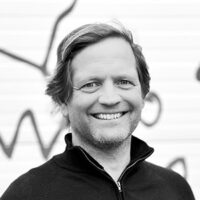
Morten Lyssand
Project Manager
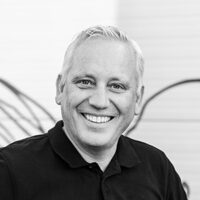
Odd Kåre Øygarden
Chairman of the board
Global offices
Goby Autonomous Wave Charger
Norway
Sjøenvegen 52, 4270 Åkrehamn
Tel: +47 52 81 47 60 (24 hour)
Mail: sales@rts.as
United Kingdom
Unit 2a, Woodside Rd, Bridge of Don, Aberdeen AB23 8EF
Tel: +44 (0) 1224 907530 (24 hour)
Mail: sales.uk@rts.as
Spain
Valencia Av. Rei Joan Carles I 14B, 1 46900 Torrent
Tel: +34 691 124 275
Mail: daniel@rts.as
Mediterranean and African areas
Valencia Av. Rei Joan Carles I 14B, 1 46900 Torrent
Tel: +33 (0) 6 34 16 26 89
Mail: benoit.david@rts.as
Brazil
Macaé – Rio de Janeiro
Tel: +55 21 9 9191 7301
Mail: rodrigo@rts.as

